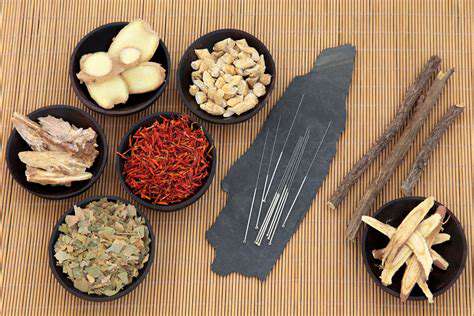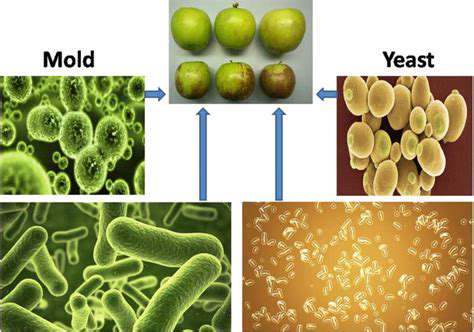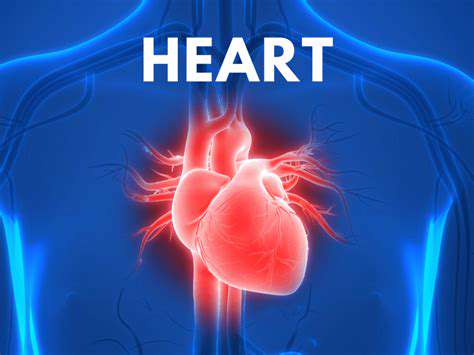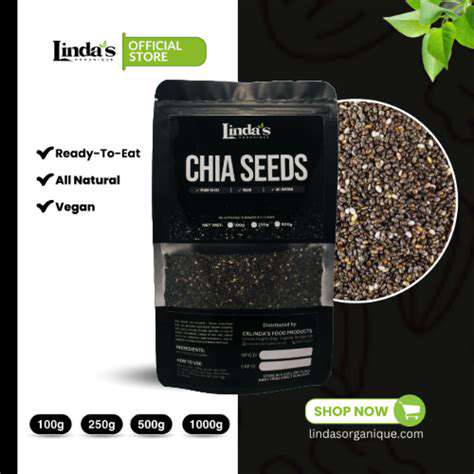Ayurvedic Nutrition: Eating for Your Dosha
Ayurveda identifies three primary doshas: Vata, Pitta, and Kapha. Each dosha is associated with specific qualities and functions within the body. Vata governs movement and change, Pitta governs metabolism and transformation, and Kapha governs structure and stability.
Imbalances in these doshas can manifest in various ways, affecting physical, mental, and emotional well-being. Understanding the specific characteristics of each dosha is essential to effectively address imbalances.
The Role of Diet in Maintaining Balance
Ayurvedic principles emphasize the importance of a diet tailored to individual needs, considering the specific dosha constitution. Different foods have different energetic qualities, and consuming foods that support the balance of the doshas is crucial for overall health.
Lifestyle Practices for Harmony
Ayurveda recognizes the impact of lifestyle choices on the dosha balance. Regular routines, such as proper sleep, meditation, and mindful movement, are crucial for maintaining equilibrium.
These practices help to harmonize the energies within the body, preventing imbalances and promoting overall well-being. A balanced lifestyle is key to maintaining a healthy state.
The Connection Between Mind and Body
Ayurveda views the mind and body as interconnected. Emotional states and mental well-being significantly impact the dosha balance. Stress, anxiety, and other emotional factors can disrupt the equilibrium of the doshas.
Cultivating inner peace and emotional resilience is crucial for maintaining a healthy balance of energies. Understanding the connection between mind and body allows for a holistic approach to healing.
Diagnosis and Treatment Approaches
Ayurvedic practitioners use a variety of methods to diagnose imbalances in the doshas, including pulse diagnosis, tongue examination, and detailed patient history. Treatment strategies are tailored to the individual, encompassing dietary adjustments, herbal remedies, and lifestyle modifications.
Ayurveda emphasizes a personalized approach to healing, recognizing the unique needs of each individual. This individualized approach is a cornerstone of effective treatment.
Identifying Your Dosha: A Guide to Self-Assessment

Understanding the Concept of Doshas
The concept of doshas in Ayurveda is a fundamental principle that describes the three energies, or vital forces, that govern the human body and mind. These doshas, known as Vata, Pitta, and Kapha, are not simply physical characteristics but rather dynamic energies that interact and influence various aspects of our well-being. Understanding these energies can provide valuable insights into our individual constitution and help us maintain a balanced and healthy lifestyle.
Each individual possesses a unique combination of these doshas, and the balance or imbalance of these energies significantly impacts our physical, emotional, and mental health. This knowledge can be incredibly useful in understanding our individual needs and preferences, ultimately leading to a more personalized approach to health and wellness.
Identifying Vata Dosha
Vata, one of the three doshas, is characterized by a light, airy, and mobile nature. Individuals with a predominant Vata dosha often exhibit traits such as being restless, creative, and adaptable. They may also experience a wide range of physical and emotional symptoms when their Vata is out of balance, including anxiety, dry skin, and irregular digestion. Understanding the specific characteristics of Vata can be crucial in developing personalized strategies to manage and maintain balance.
Vata individuals thrive on routine and structure, and finding ways to ground themselves is key to maintaining a healthy balance. This often involves incorporating activities that promote relaxation and mindfulness into their daily lives.
Identifying Pitta Dosha
Pitta dosha is characterized by a fiery, energetic, and active nature. Individuals with a predominant Pitta dosha often exhibit qualities such as being passionate, driven, and competitive. Pitta individuals can be highly successful, but they are also susceptible to stress and anger when their Pitta is out of balance. Recognizing the unique characteristics of Pitta can assist individuals in identifying and addressing potential imbalances.
Identifying Kapha Dosha
Kapha dosha is characterized by a stable, grounded, and nourishing nature. Individuals with a predominant Kapha dosha often exhibit traits such as being compassionate, patient, and emotionally stable. They may also experience sluggishness and weight gain when their Kapha is out of balance, making it crucial for them to understand the specific characteristics of Kapha to maintain a balanced lifestyle.
Maintaining a healthy balance within the Kapha dosha can be achieved through regular exercise and mindful eating, and understanding the unique characteristics of this dosha can help individuals address and manage potential imbalances effectively.
The Importance of Dosha Balance
Maintaining a balance among the three doshas is crucial for optimal health and well-being. An imbalance in any one of the doshas can lead to a range of physical and emotional symptoms, so understanding the interplay of these energies is essential for leading a healthy and fulfilling life. This understanding enables individuals to make informed choices about their lifestyle, diet, and activities to proactively support their unique constitution.
Tools and Resources for Identifying Your Dosha
Numerous resources are available to help individuals identify their predominant dosha. These resources include online quizzes, books, and consultations with Ayurvedic practitioners. By utilizing these tools, individuals can gain a deeper understanding of their unique constitution and develop personalized strategies for maintaining a balanced and healthy lifestyle. Seeking guidance from qualified practitioners can provide valuable insights and support.
Careful consideration of personal characteristics and symptoms is also a crucial step in identifying one's dominant dosha. Exploring these resources and taking the time to understand the nuances of each dosha will ultimately lead to a personalized approach to health and wellness.
Pitta Dosha: Balancing the Fire Within

Understanding Pitta Dosha
Pitta dosha, one of the three fundamental energies in Ayurveda, represents the element of fire and is associated with transformation and digestion. It's characterized by a dynamic and energetic nature, impacting our metabolism, digestion, and overall well-being. Understanding the unique qualities of Pitta is crucial for maintaining balance and preventing imbalances.
Pitta's Characteristics
Pitta is often described as sharp, hot, and active. Its qualities manifest in our bodies as a strong metabolism, a quick mind, and a competitive spirit. These qualities can be both beneficial and challenging, requiring mindful management to prevent excess heat and agitation.
Pitta's Role in the Body
Pitta plays a vital role in various bodily functions, including digestion, metabolism, and the production of digestive enzymes. It's also associated with intelligence, clarity, and a keen sense of perception. Maintaining a healthy Pitta balance is essential for optimal physical and mental well-being.
Signs of an Imbalanced Pitta
An imbalance in Pitta can manifest in various ways, including feelings of anger, irritability, and frustration. Physical symptoms may include indigestion, heartburn, skin rashes, and inflammation. Recognizing these signs is crucial for implementing appropriate dietary and lifestyle adjustments.
Dietary Recommendations for Pitta
To balance Pitta, a diet rich in cooling foods is often recommended. This includes fresh fruits, vegetables, and herbs like cucumber, melon, and mint. Avoiding overly spicy or acidic foods is vital for preventing further aggravation of Pitta. Also, consuming foods that are light and easy to digest is beneficial.
Lifestyle Practices for Pitta Balance
Beyond diet, lifestyle practices play a crucial role in maintaining Pitta balance. Regular exercise, particularly practices like yoga and meditation, can help calm the mind and reduce stress, which is often a contributing factor to Pitta imbalances. Spending time in nature and engaging in activities that promote relaxation are also beneficial.
Maintaining a Healthy Balance
Ultimately, maintaining a healthy Pitta balance requires a holistic approach. By understanding your individual constitution, you can tailor your diet, lifestyle, and daily routines to effectively manage and mitigate potential imbalances. This holistic approach fosters a deeper understanding of your body's unique needs, leading to improved overall health and well-being.











